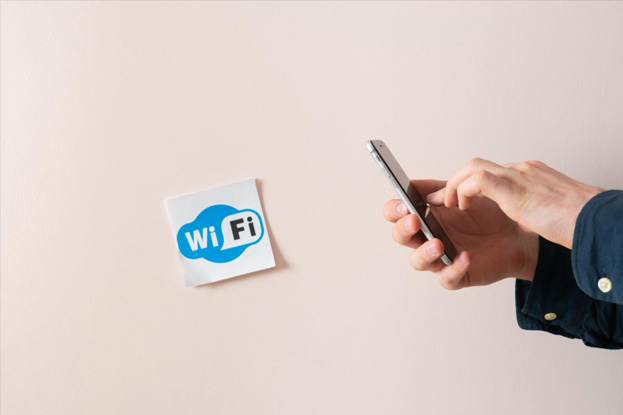For Secure Banking Transactions, Avoid Using Public WiFi
 28 February 2025
28 February 2025

It is best to avoid using public WiFi when conducting digital banking transactions. This is closely related to security and the risks of cybercrime. But why should you avoid public WiFi when handling banking transactions? Read on to find out more!
Data Security Risks
Public WiFi networks often have weak or no encryption, making data transmitted over these networks vulnerable to third-party access. Hackers can easily steal personal information, including bank account details, when users connect to such networks.
Man-in-the-Middle (MitM) Attacks
In a MitM attack, hackers intercept communication between the user and the bank’s server, allowing them to access and even modify transmitted information. This can lead to financial theft or misuse of personal data.
Identity Theft Risks
If hackers gain access to login credentials or transaction data, they can perform harmful actions such as accessing bank accounts or making unauthorized transactions. This significantly increases the risk of identity theft.
Fake WiFi Networks
Hackers often create fake WiFi networks that mimic legitimate ones to deceive users. Once connected, hackers can easily steal sensitive data.
Preventive Measures
- Use a Secure Connection: Always choose a safe and private internet connection, such as mobile data or a protected home WiFi network.
- Use a VPN: A Virtual Private Network (VPN) encrypts your internet connection, adding an extra layer of security when using public WiFi.
- Verify the Network: Ensure the authenticity of a WiFi network before connecting. Avoid networks with generic names like “Free_WiFi.”
- Disable Auto-Connect: Turn off your device’s automatic connection feature to prevent it from connecting to unsecured networks by accident.
- Use HTTPS: Make sure websites you access use the HTTPS protocol to protect your data from interception.
By following these precautions and avoiding banking transactions over public WiFi, you can protect yourself from various cybersecurity threats.

